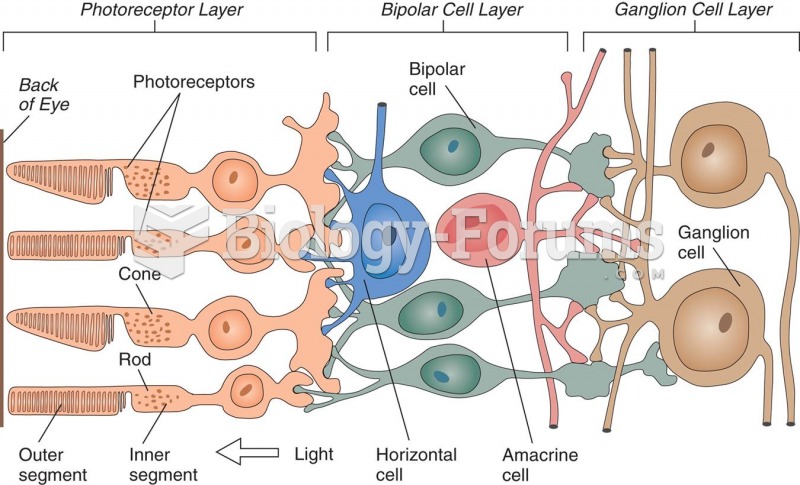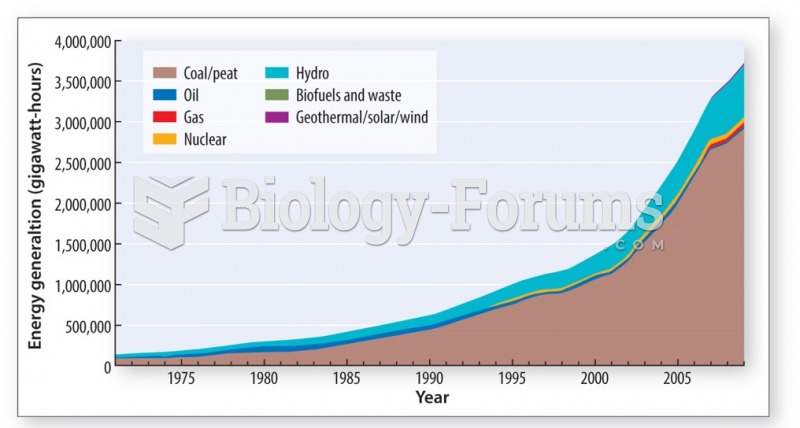Answer to Question 1
- Elisa is a complex study in frustration. She is a strong, intense woman with far more energy than she can put to use: we learn at the outset that even her work with the scissors was over-eager, over-powerful (par. 6). It is clear that she is a careful housekeeper from the details about her home, a neat white farm house with red geraniums close-banked around it as high as the windows, a house that looks hard-swept and possesses hard-polished windows (par. 7). (You might ask your students if this description of the house parallels Elisa Allen.) She is only thirty-five years old, with a face described as lean and strong with eyes as clear as water. The detailed description of her unflattering gardening clothes hides the femininity of the woman withinclodhopper shoes, big corduroy apron, heavy leather gloves (par. 5). But the narrator tells us her face is eager and mature and handsome (par. 6).
Answer to Question 2
- For this frequently assigned question for student papers, it may be helpful for you to give your students the larger context of the quote, which asserts that Vonneguts works:
concern themselves repeatedly with technological problems only as those problems express and explicate characterthe character of the human race. Vonnegut proves repeatedly, in brief and pointed form, that men and women remain fundamentally the same, no matter what technology surrounds them. The perfect example of this might be found in Unready to Wear, in which the shucking off of the physical bodies of men has not changed their basic identities, but only freed them to become more, not less, human. (The Vonnegut Effect: Science Fiction and Beyond,
The Vonnegut Statement, ed. Jerome Klinkowitz, John L. Somer New York: Dell, 1973 143.)
Karen and Charles Woods suggest that the nature of mankind is immutable, and when interpreting this idea, you may have to explicitly ask your students to consider the theme of human identity (i.e., the nature of mankind).
But if you want to stir up a longer classroom debate, you could ask your students if the quote also implies that Vonnegut thinks men and women are exactly the same, or that men and women remain the same without regard to technology around them (i.e., technology does not truly change a human, or if it does, it changes men and women in the same ways). Then ask them to apply this to Harrison Bergeron. In what sense has the technology in the story especially impacted Hazel Bergeron? Is this any different than the way it has shaped her husband, George, or her son, Harrison? Whatever your students conclude, encourage them to support their ideas with textual evidence from Harrison Bergeron.
There is little criticism on Vonneguts short stories. What exists can mostly be found in Gale Researchs
Short Story Criticism, vol. 8 (Detroit: Gale, 1991). There are many excellent books and articles on Vonneguts novels.
The Vonnegut Statement, edited by Jerome Klinkowitz and John Somer (New York: Dell, 1973), is a lively anthology of criticism of Vonneguts work by various hands. Vonneguts most interesting commentator, however, may be the author himself. A thick book of interviews,
Conversations with Kurt Vonnegut, edited by William Rodney Allen (Jackson: UP of Mississippi, 1988), contains a great deal of interesting biographical and literary material.
Harrison Bergeron was filmed in 1995. Directed by Bruce Pittman and starring Sean Astin, Andrea Martin, and Christopher Plummer, the film is available on DVD.







